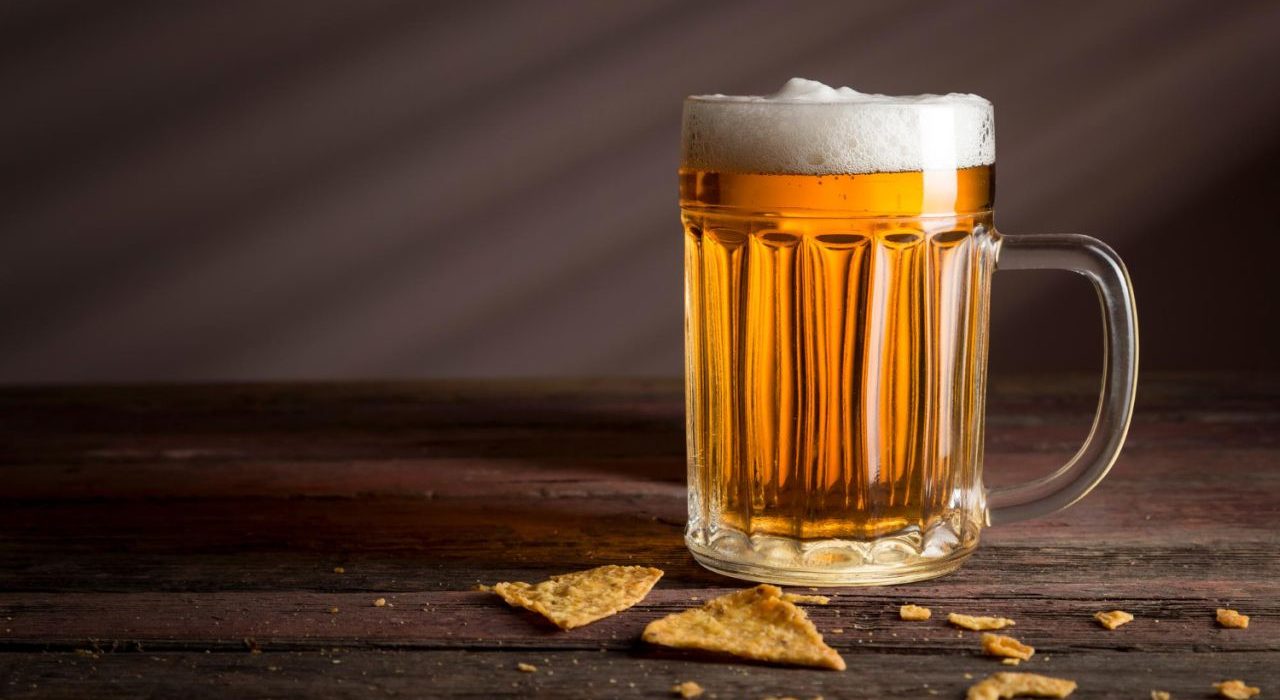Water pollution is a worldwide problem that threatens habitats, human wellness, and economies. Traditional wastewater treatment technologies can be expensive and resource-intensive, so researchers are looking for novel and sustainable solutions. One unexpected and intriguing approach is the utilization of discarded beer yeast. Breweries are generally renowned for making beer, but new research suggests that their leftovers could play an important role in fighting water pollution. A pioneering study by researchers at MIT revealed an imaginative approach for using recycled beer yeast to remove toxic lead from water, providing an environmentally friendly and cost-effective alternative.
Untapped Potential of Yeast:
Yeast, the microorganisms that cause fermentation in beer manufacturing, have a remarkable capability to purify water by collecting harmful metal ions, like lead. This technique, known as biosorption, shows great potential for water filtration. In accordance to MIT researchers, the cells of yeast can attract and soak up ions of metals at proportions as low as a single part per million, which renders them an effective weapon for combating water contamination.
However, the practical utilization of yeast in filtering water encountered a serious challenge. While yeast could successfully eliminate lead from water, retrieving the yeast afterward proved difficult. This impediment slowed the adoption of yeast-based water filtration technologies until a novel remedy emerged.
Triumph: hydrogel casings:
After three years of extensive study, MIT scientists discovered a novel method for encapsulating yeast cells using hydrogel casings composed of polyethylene glycol (PEG), a UV light-sensitive polymer extensively utilized in a variety of applications. Devashish Gokhale, an MIT graduate student, and research co-author, stated their method: “What we opted to do was to create these vacuous capsules essentially like a dietary supplement pill, but rather than filling them with actual vitamins, we fill them up with yeast cells.”
By mixing frozen and dried yeast cells with polyethylene glycol polymers and UV radiation, researchers were able to produce semipermeable exterior capsules surrounding yeast cells. These hydrogel casings allow for effective lead extraction from water while keeping yeast from escaping, hence eliminating the recovery problem.
Evidence of Concept: The Biofilter:
To put their novel technique to the test, the researchers created a proof-of-concept biofilter with hydrogel-yeast granules. This biofilter displayed extraordinary effectiveness, removing tiny levels of ultimately lead from water within 12 days. The device demonstrated its endurance and efficacy amid fluid stresses common in conventional water systems. Furthermore, the biofilter consumed substantially less energy than conventional filtration technologies such as membrane filtering, indicating its potential for wider use.
The biofilter’s design consists of putting hydrogel-yeast grains into a chamber into which polluted water flows. As water travels through the column, the yeast inside the hydrogel capsules grab lead ions. Over 12 consecutive days, the biofilter remained effective, suggesting that it is suitable for continuous usage in practical applications. This longevity is critical for practical deployment since it eliminates the need for routine maintenance and replacement.
Real-World Consequences:
The consequences of this research go far past laboratory settings. Given the plethora of yeast and the low cost of creating hydrogel-yeast filters. This discovery offers a realistic and cost-effective water purification solution, particularly in low-income areas dealing with water contamination. This method’s simplicity and cost-effectiveness make it an appealing alternative for dealing with worldwide water contamination issues.
Water contamination is a chronic problem that affects millions of people globally. Lead exposure, in particular, offers major health hazards, such as neurological harm, delays in development in children, and persistent illnesses in adults. Traditional lead removal procedures, including ion exchange process and chemical precipitation, are frequently costly and require extensive infrastructure, making them inaccessible to resource-limited populations.
Implementing this technique in low-income areas could dramatically enhance access to clean water. A biofilter can help minimize the negative health burden linked to dirty water by providing an inexpensive and effective method of eliminating lead and possibly other pollutants. This can improve the standard of life and financial prospects in affected communities.
Future Prospects:
Moving ahead, researchers at MIT are investigating ways to improve their water-purifying technology. This includes creating strategies for recycling and replacing filter yeast, assuring the long-term viability of biofilters. They also intend to develop eco-friendly hydrogels derived from renewable resources, linking their innovation with larger environmental concerns.
Recycling and replenishing the yeast inside the hydrogel capsules is critical for ensuring the biofilter’s efficiency over time. Researchers are looking into ways to restore yeast when it gets contaminated with lead ions. One method includes utilizing moderate chemical treatments to remove the attached lead, enabling the yeast to be recycled. Another possible way is to create recyclable hydrogels that gradually break down, releasing the expended yeast and allowing for straightforward replacement with new yeast capsules.
Furthermore, the research staff is attempting to improve the filter’s capacity to include other toxins besides lead. Microplastics, or persistent chemicals, both of which have become recognized as serious concerns to water quality, could be targeted. By widening the reach of their biofilter, researchers expect to help to overall water purification efforts.
Conclusion:
The journey from theoretical breakthrough to actual application demonstrates the researchers’ perseverance and resourcefulness. Their work inspires engineers, scientists, and policymakers around the world, demonstrating that with patience and innovation, even the most difficult issues can be solved.
In conclusion, MIT researchers’ hydrogel-yeast biofilter is set to transform water purification. This method employs leftover beer yeast and novel polymer technology. It addresses the important problem of lead contamination while also holding promise for larger uses. As development and research continue, this technology has the potential to significantly improve the quality of water and public health around the world. The future of filtering water seems promising, and solutions are already in the works.

